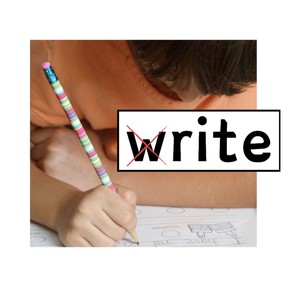
Silent letters: gh, sw, wr, wh
I can spell and read words with gh, sw, wr, and wh.



8,000 schools use Gynzy
92,000 teachers use Gynzy
1,600,000 students use Gynzy
General
Practice silent-letter words with your students to help them improve their spelling. This lesson is interactive and gives students plenty of opportunities to practice while getting them up on the board. Learn about different silent letter rules and practice identifying the often silent W.
Standards
CCSS.ELA-Literacy.RF.2.3e
Learning objective
Students will be able to identify words with silent letters and pronounce/spell them correctly.
Introduction
Explain that some words have silent letters, which means that, although we cannot hear the letter, it is in the spelling. Learning about these silent letters and silent letter rules can help students spell and sound out words. Students practice by dragging an X over silent letters in words like “light,” “wring,” and “sword.”
Instruction
Students learn several rules for silent letters beginning with how “gh” is silent after vowels, like in the word “might.” Students also learn that the first “W” of a word is silent before the letter r, like in “wrap.” They practice sorting words into three categories, “Silent W before H,” “Silent W before R,” and “Silent gh after a vowel.” Images are also used to help students think of words with silent letters.
Quiz
Students respond to 10 multiple-choice and fill-in questions. In these questions, students will choose which words have a silent letter and sort words into groups. For example, the word “wrote” belongs with “wrench,” “wrath,” and “wriggle.”
Closing
At the end of the lesson, students try to beat a timer to drag/sort 10 words into two categories, “words with silent letters” and “words without silent letters.”
The online teaching platform for interactive whiteboards and displays in schools
Save time building lessons
Manage the classroom more efficiently
Increase student engagement
Discover more!
About Gynzy
Gynzy is an online teaching platform for interactive whiteboards and displays in schools.
With a focus on elementary education, Gynzy’s Whiteboard, digital tools, and activities make it easy for teachers to save time building lessons, increase student engagement, and make classroom management more efficient.



